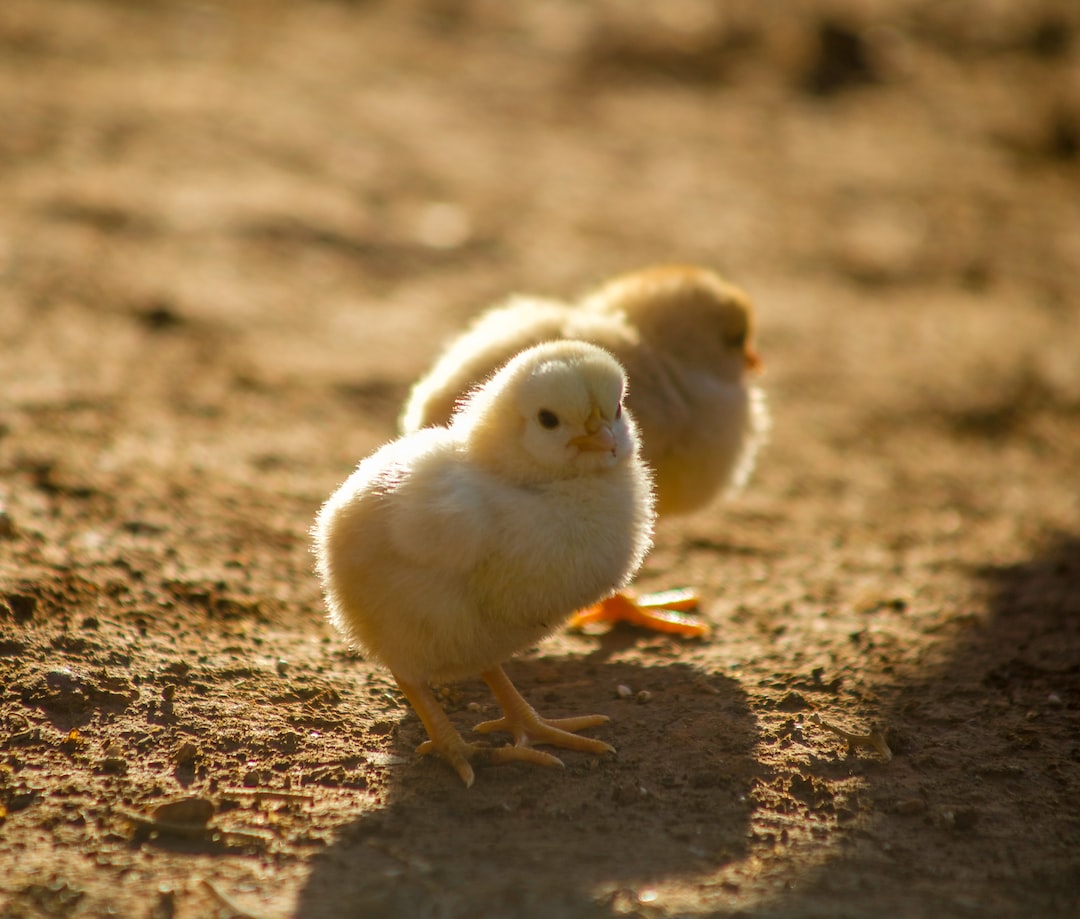The Incredible Camouflage Techniques of Wildlife
Nature, in all its fascinating glory, is brimming with mind-boggling adaptations that have allowed millions of species to thrive and survive for millions of years. One of the most remarkable of these adaptations is camouflage, a technique employed by various forms of wildlife to blend seamlessly into their surroundings, fooling predators and ensuring their own safety. Let’s delve into the incredible camouflage techniques of wildlife that continue to astonish and leave us in awe.
The chameleon, an iconic creature known for its ability to change color, sits at the forefront of the camouflage world. It possesses specialized cells called chromatophores that contain pigments, allowing it to adjust its appearance to match the colors and patterns of objects around it. Whether it’s the vibrant green of leaves or the earthy brown of bark, the chameleon can disappear within seconds. This incredible technique not only aids in evading predators but also plays a vital role in attracting mates and capturing prey.
Moving from the reptilian world to the insect realm, we come across the astonishing leaf insects. These masterful mimics resemble leaves to such an extent that they become practically invisible to the naked eye. With their elongated bodies, prominent leaf-like veins, and even a slight discoloration, they blend seamlessly with their leafy surroundings. Some species even take their performance up a notch by swaying to mimic the motion of a leaf fluttering in the wind, making them virtually indistinguishable from actual foliage.
Marine creatures are equally adept at utilizing camouflage techniques. Take the cuttlefish, for instance. This remarkable cephalopod has the ability to alter not only its color but also its texture, creating the ultimate disguise. By manipulating muscular sacs called chromatophores and papillae, the cuttlefish can mimic its environment to perfection, effectively camouflaging itself from predators and prey alike. It is truly a master of disguise that can transform into various shapes and patterns with astonishing speed and precision.
Moving towards larger animals, we can’t overlook the incredible camouflage abilities of big cats. Tigers and leopards, for instance, sport beautifully patterned fur coats that provide them with exceptional camouflage in their natural habitats. Their stripes or spots allow them to blend seamlessly with the surrounding vegetation, making it easier for them to ambush prey or hide from potential threats. This adaptive coloration is not only protective but also aids in their hunting techniques.
Camouflage is undoubtedly one of nature’s most remarkable creative endeavors. From the smallest insects to the majestic big cats, countless animals have perfected the art of blending in seamlessly with their surroundings. These incredible adaptations are the result of millions of years of evolution, ensuring the survival of countless species. By using camouflage, wildlife not only evades prey but also increases its chances of finding a mate and passing on its genetic legacy. As we continue to appreciate these incredible techniques, let us remember the wonders that nature unfolds, always surprising us with its genius.

